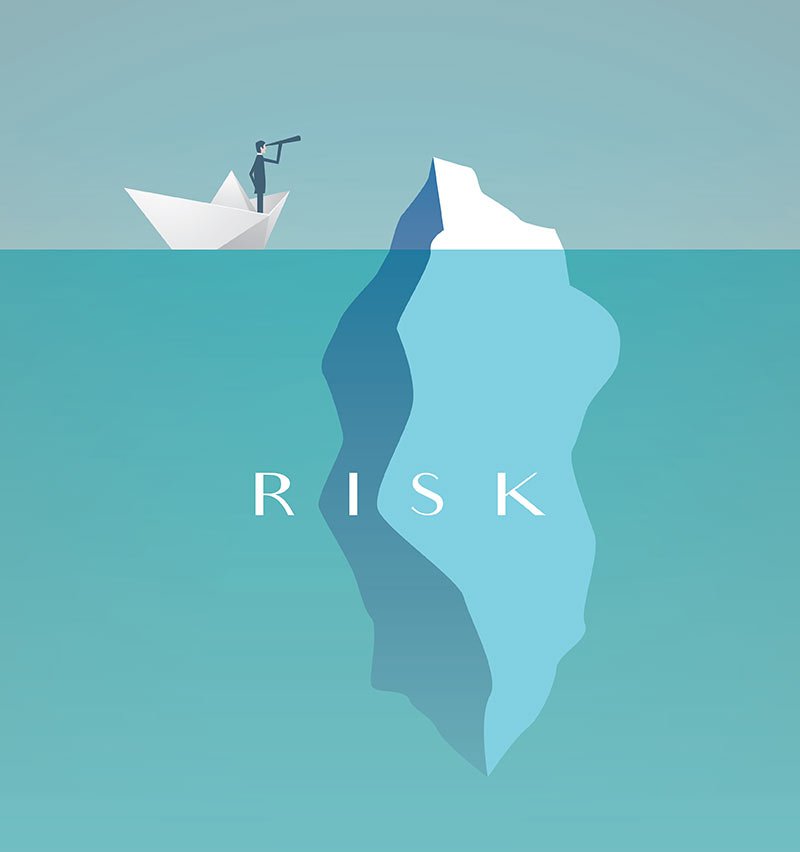Is now a bad time to change your KiwiSaver provider?
By Jules Riley
So far, this year has been a painful one for investors. Inflation is up, and markets are down.
In the first six months of 2022, international shares had their worst first half-year since 1990. US 10-year Treasury bonds, the benchmark of global fixed interest markets, have had their worst first half year since 1788.
Unsurprisingly, KiwiSaver members have battened down the hatches. Afraid at the prospect of locking in losses, people appear to be transferring between different KiwiSaver providers much less than usual.
Chris Walsh, Founder of financial comparison website, MoneyHub, has called it a ‘nuclear winter’ for KiwiSaver transfers.
It has something to do with our psychology. It’s easy for us to become anchored to the value of our fund balance. When it slips below a certain level, we can become fearful of realising losses and refuse to transfer. We dread losses much more than we value gains, which explains why people are feeling the pain of this year’s market declines, even if returns in recent years have been strong.
We also tend to overvalue investments we currently own, regardless of how well they perform. This is known as the endowment effect. When you combine this with our fear of loss, this can compel people to hold on to poorly performing investments longer than they should in the hope they can earn their money back.
Inertia plays a role too. Many people do not care enough about their KiwiSaver account. We tend to value money today much more highly than money received in the future. Sometimes it doesn’t matter how volatile the market is, it can be just too hard to concern yourself today with money you can’t spend for several decades.
Not really. If you’re transferring between providers and staying in the same type of fund (e.g. a growth fund), then you are buying and selling in the same market. Being out of the market for a few days while your transfer takes place is unlikely to make much difference to your balance in the long run.
However, switching your fund type is a bit different than changing your provider. If you’re switching funds for the right reasons, for example, your investment timeframe has changed, then this can make sense regardless of market conditions. However, if you switch your fund type for the wrong reasons, there can be real consequences. These were felt by thousands of Kiwis in March 2020 during the COVID-driven market sell-off. According to the Financial Markets Authority (FMA), over 60,000 people switched from higher risk, higher return funds to lower risk, lower return funds. By the time the market recovered in August that year, over 90% were still in these lower risk funds, and had effectively locked in their losses.

KiwiSaver is a long-term investment and members should not change providers just for the sake of it. That said, many people never actually chose their KiwiSaver provider. They were automatically enrolled with a default provider, possibly over a decade ago, and now their fund or provider may no longer suit their needs or values.
For example, in recent years, some funds have had relatively poor performance after fees. Many of the largest providers are also foreign-owned, while others continue to invest their members’ money in harmful industries like tobacco, fossil fuels, and weapons. So, it’s important to ask yourself how important returns, keeping profits in New Zealand, and investing ethically are to you.
Take an interest. KiwiSaver is probably one of your most valuable assets, so it’s worth your time to engage. Make sure you’re in the right fund for your circumstances. Then look at your current provider and make an active choice about whether you should stay or go.
When you’re making your assessment, consider your financial goals and personal values. Use the MAS KiwiSaver Scheme to compare against other KiwiSaver providers.
MAS has been looking after Members’ money for almost three decades. We invest your money responsibly to help you avoid harmful industries and support more sustainable companies tackling global problems like clean energy, green building, and sustainable transport. Our Scheme’s carbon footprint is around half the NZ market average* which is important as emissions from your KiwiSaver account can be up to 20% of your personal carbon footprint**.
As a Member-owned charity, MAS uses its profits to support health and wellbeing equity throughout Aotearoa. Over the past year, the MAS Foundation has distributed $2.5 million to support a range of community-led initiatives, including maternal care and funding groups to address gang violence and drug addiction in their communities.
It’s true this year has been a painful one for many investors, but it won’t always be the case. So, don’t allow the fear of loss or inertia to prevent you from making important decisions about your KiwiSaver account. Ensure your fund type matches your goals and your provider matches your values. If these aren’t in alignment, don’t wait another decade to switch or transfer.
Learn more and join the MAS KiwiSaver Scheme here or call 0800 800 627 to speak with a MAS Adviser.
Jules Riley
Senior Growth Manager, Investments, MAS
Medical Funds Management Limited is the issuer of the MAS KiwiSaver Scheme and the MAS Retirement Savings Scheme. A PDS for each Scheme is available at mas.co.nz/investments/kiwisaver or mas.co.nz/investments/retirement-savings-scheme/
* Compares the carbon footprint of equities in the MAS KiwiSaver Scheme to the S&P/NZX 50 Index which has a carbon footprint of 70.3 tonnes of CO2e/US$ million invested as at 31/03/22. A $NZ/$US exchange rate of 0.70 was used for this calculation.
**According to the OECD, the average New Zealanders' carbon footprint is 7.5 tonnes of CO2e. The average KiwiSaver balance is $26,410, as per the KiwiSaver Annual Report 2021. Compares the carbon footprint of equities in the MAS KiwiSaver Scheme to the MSCI All Country World Index which has a carbon footprint of 82 tonnes of CO2e/US$ million invested as at 31/03/22. A $NZ/$US exchange rate of 0.70 was used for this calculation.

Money is not merely a transactional tool, it's also a complex entity intertwined with our values and identity.

Three big questions stand between you and the answer to how much you need in retirement. How long will you live? What kind of lifestyle do you want? How much are you prepared to save to get there?

Budgeting is a financial tool that helps individuals and households effectively manage their money. Let's explore our top tips for budget planning.